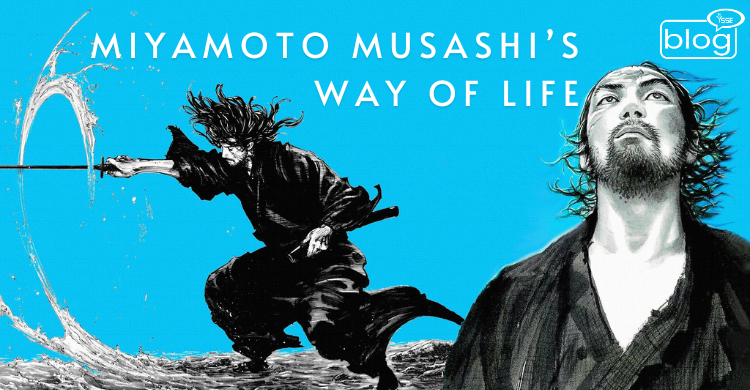In ancient times, in the deepest parts of the country of Japan, once existed a man whose tale resonated through time like the whispers of a quiet breeze. Miyamoto Musashi, an alias linked with sword skill, rose to prominence during the era known as Sengoku, a period of conflict between the feudal lords.
Birth of an Orphan
Musashi’s story starts in 1584 when he was conceived in a chaotic and strife-filled environment. Musashi lost his father, a memory that faded away in his early years, placing him in the hands of his uncle, who was a Buddhist monk called Dorin. Musashi’s unusual childhood began under Dorin’s guidance, which combined Zen Buddhist teachings with combat techniques.
Quest of the Samurai
Musashi set out from an early age on a never-ending quest to perfect the samurai’s way and dedicated his entire existence to the sword. His dedication saw no limits as he trained relentlessly to improve his combat abilities. The world quickly recognized him as an extraordinary swordsman, an adversary to be faced with.
A Young Man’s Legacy
Musashi began his combative practice at the early age of 13, immediately after slaughtering a man with only one stroke of his sword. In 1600, he lost the decisive battle of Sekigahara, ultimately leading to the establishment of the Tokugawa monarchy, and became a rōnin (supreme samurai). Over time, he began his quest to perfect the art of swordplay. He devised nitō ichi-ryū, a two-sword dueling style known as Kensai (sword saint). Musashi is reported to have participated in over 60 separate sword battles, all of which went to deaths, and in every single one of those he triumphed.
The Greatest Duel of All Time
Musashi’s greatest-known battle took place in 1612, facing his arch-nemesis Sasaki Kojirō, a skilled swordsman who was said to be superior to him. The competition was held on an isolated island off the mainland of Japan. Musashi forged a wooden weapon from an oar while being carried to the battle venue. Musashi used his wooden sword to swiftly take out Kojirō when they met on the shore. Musashi stopped battling after believing he was at his prime as a swordsman, although he did instruct a few learners and help crush the Shimabara revolt in 1637.
Philosophy on How to Live Your Life
The tale of Miyamoto Musashi continues beyond his death with his famed swordplay and psychological work of art, “The Book of Five Rings.” Despite this, he created a light of inspiration for anyone looking to manage life’s challenges: the “Dokkodo,” also referred to as “The Way of Walking On My Own.” This collection of 21 principles, initially meant for his follower Terao Magonojo, provides significant guidance for leading a good and moral life, even within the current world.
21 Principles of Dokkodo for a Good Life
- Embrace death with no hesitation.
- Seek knowledge passionately.
- Give up your love of wealth.
- Act without hesitation.
- Don’t get attached to anyone or anything.
- Be respectful and tolerant.
- Acknowledge and value the arts.
- Accept loneliness.
- Maintain a peaceful state of mind.
- Live without regrets down the road.
- Stay away from being stuck in your past.
- Accept the effects of inaction.
- Recognize the value of being patient.
- Maintain an open point of view.
- Take accountability for what you do.
- Develop self-reliance.
- Prevent laziness.
- Learn the skill of time management.
- Avoid being overconfident.
- Live lightly.
- Always follow the path.
Let us fully accept Miyamoto Musashi’s lessons and ignite a burning fire inside ourselves along the journey of improving ourselves.
To read these types of blogs, please visit here.
Writer
Sadi Reza,
Intern, Content Writing Department
YSSE

